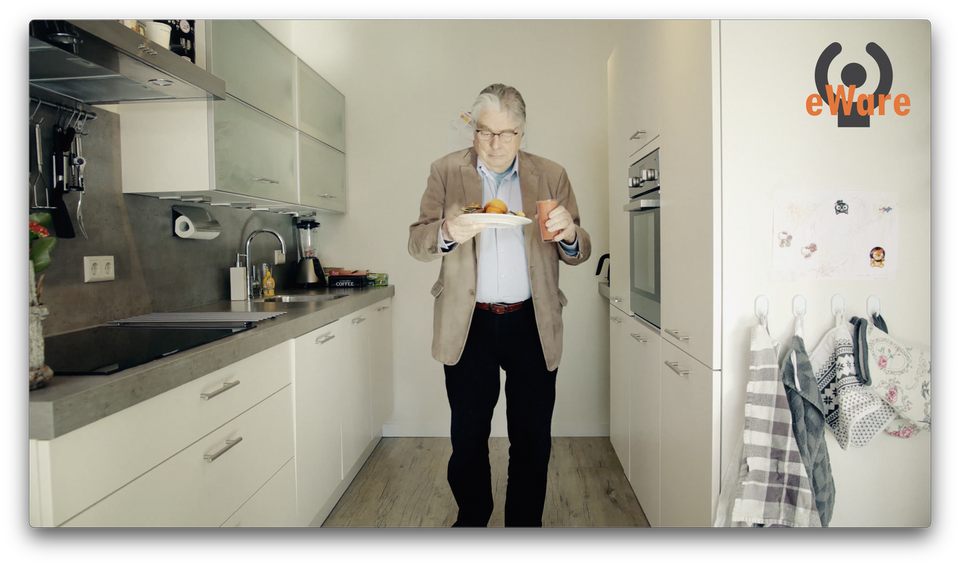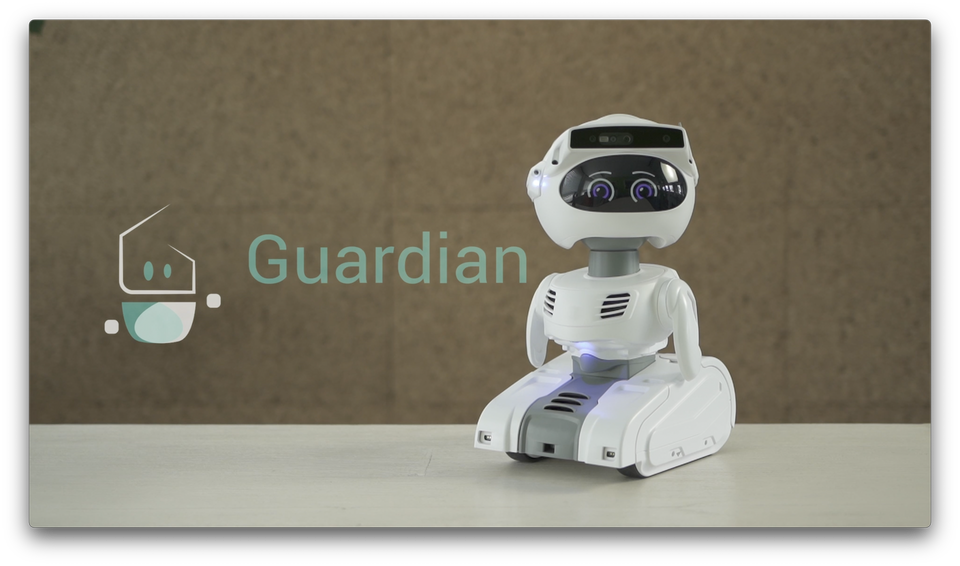Demand-driven innovation in technology for seniors: a fuzzy process
Just a few years ago, only 4 or 5 colleagues worked on the topic of digital care at Vilans, the Dutch Centre of Expertise for Long-term Care.Today, more than 40 colleagues occupy themselves with this theme. Henk Herman Nap, who holds a PhD in gerontechnology from Eindhoven University of Technology, is one
of the pioneers.
Demand-driven innovation in technology for seniors: a fuzzy process
Just a few years ago, only 4 or 5 colleagues worked on the topic of digital care at Vilans, the Dutch Centre of Expertise for Long-term Care.Today, more than 40 colleagues occupy themselves with this theme. Henk Herman Nap, who holds a PhD in gerontechnology from Eindhoven University of Technology, is one of the pioneers.
The journey of Henk Herman Nap, Vilans
First stage
Acquiring ideas
Vilans provides knowledge to more than 600 organisations, including many care providers. In the care sector for older adults alone, they work with hundreds of organisations. Henk Herman Nap, researcher and digital care specialist at Vilans: ‘We take stock of the ideas from the field, for example by analysing people’s search terms on our knowledge platforms. What interests them? Which questions do they raise? Next to that, Vilans organises focus groups and conducts interviews with people at all levels of care organisations. So, with directors, innovation managers, care professionals, and clients and their relatives. What are the urgent problems? What are people most concerned about? We want to learn and implement faster together.’ This process of collecting questions is a vital first step in the co-design + methodology that Vilans employs, explains Nap. It is an iterative process +, which already starts during the first inventory of the needs, wishes and bottlenecks. ‘Once you got a complete picture, you can begin to look for solutions together with users.’

Focus on needs and wishes, not on technology
In the next step, Vilans investigates whether a solution has been developed elsewhere. Is there already a technology to solve a certain problem? Nap: ‘We never produce anything with partners just for the sake of a project. And we are very careful to avoid technology push +. What we do is genuinely demand-driven.’ The sort of needs that emerge from the exploration vary considerably. Nap has experienced time and again that they partly depend on the context and the period. Several years ago, it became clear just how big the burden on informal carers is. Due to the decentralisation of care, people continue to live at home longer. That is great but it does increases pressure on relatives. A wide range of questions emerges from this. How can you relieve the burden on informal carers and reduce their stress? For instance, can remote monitoring of older people be improved?’

Lesson: adding value is a top priority
‘Technology has no value in and of itself. Technology must add value to people’s life.’
Henk Herman Nap, researcher and digital care specialist at Vilans
Helping to increase work satisfaction
The high pressure on informal care was also revealed in the national evaluation of the Long-Term Care Act, according to Nap. Informal carers were close to their wits’ end and asked for support. He adds that this theme needs to be examined in tandem with yet another challenge: the high work pressure in professional care. ‘Personnel shortages are only increasing. Can technology be used in such a way that it can reduce the work pressure for professionals? And can we at the same time increase their work satisfaction?’ Technology might be able to help with that too. But, nuances Nap immediately: always take the broader context into consideration because technology is not the answer to all questions.
e-Ware: supporting people with dementia and their informal carers
Can Vilans convert good ideas into opportunities?
Read about the second stage of the journey >
Combining experiences and insights into new ideas
‘‘Successful and sustainable innovation is realised when you innovate in dialogue with older persons, their relatives, developers, researchers and funders. One thing leads to the next. We combine the insights from previous projects, for instance in the HAAL project: a package of care technologies for people with dementia and their informal carers. Which client journey do they undertake? The idea: a dashboard that shows how somebody is doing by using sensors measuring their sleeping rhythm or mobility. I’m proud that co-design + has gradually become common practice.We’ve been able to achieve that with a lot of partners. Iterative design together with seniors and their relatives has become the norm.’
Henk Herman Nap, researcher and digital care specialist at Vilans
Second stage
Exploring opportunities
Close relations with care organisations are crucial for the chances of innovations to succeed. Nap often works with the frontrunners in digital care. What characterises these organisations? ‘They have a clear vision on digital care and the implementation of innovations. The boundary conditions have been properly arranged.. They train their employees and often have specialised e-nurses who are genuinely tech savvy+ Furthermore, frontrunners think carefully about structural funding. They have established close relations with their funders, healthcare administration offices and health insurers.’ But many organisations with personnel shortages or other problems still lack a vision about care technology, Nap continues. ‘You increase your chances as a company if you address the “early majority” of care organisations. These are the ones that really want to do work with e-health but still need an extra push in the right direction. They want to accelerate and learn about co-design.’
Lesson: not all older people have sufficient digital skills yet
‘You often hear that seniors are already used to new technology such as touchscreens. But that is by far not the case for all. Educational level, digiskills and language play a role. Or, for example, changes in cognition or motor skills. Learning to use new technology also requires letting go of old habits. And that can be hard.’
Henk Herman Nap, researcher and digital care specialist at Vilans
Experimenting in short sprints
Vilans participates in a range of projects, from small to very large. The organisation makes very deliberate choices together with the consortium partners which size fits best. Often, 3 or 4 parties find common ground in a certain challenge where technology can play a role, says Nap. They take the lead in different tasks. ‘Is a concept already mature enough or should we first test whether the idea is indeed viable? We opt for small, short-term projects in such an experimental phase, especially if the technology supplier in a consortium still has doubts +. Such projects allow you to jointly make a few quick sprints over a period of about six months. This allows you to see whether the concept is well received by the target group. You can then make a substantiated choice if it is really worthwhile to start a more extensive development trajectory.’

Tip: underpin the added value
‘Carry out targeted evaluations to underpin the value of your solution. That will convince more care organisations to go on board.’
Henk Herman Nap, researcher and digital care specialist at Vilans
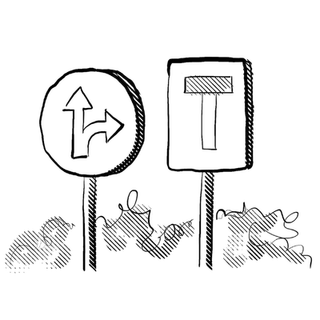
Dare to stop
It is vital that all partners in the co-design process accept that the outcome of the trajectory is uncertain. And that it is okay to fail as well. Nap: ‘But better fail quickly and share this with everybody!’ In short projects, in particular, you float some experimental ideas, hoping to take some of them a step further. Exploring opportunities is about identifying possible market opportunities. Collaboration is crucial at this stage as well. As a knowledge organisation, the interest of Vilans is that technological solutions will become available on the market. But they have no interest in a specific product, brand or service. Nap: ‘Of course, the supplier does have that interest. They invest all their energy in a particular solution. And experience teaches that it can be very difficult to conclude: this isn’t working after all, let ustry something else.’
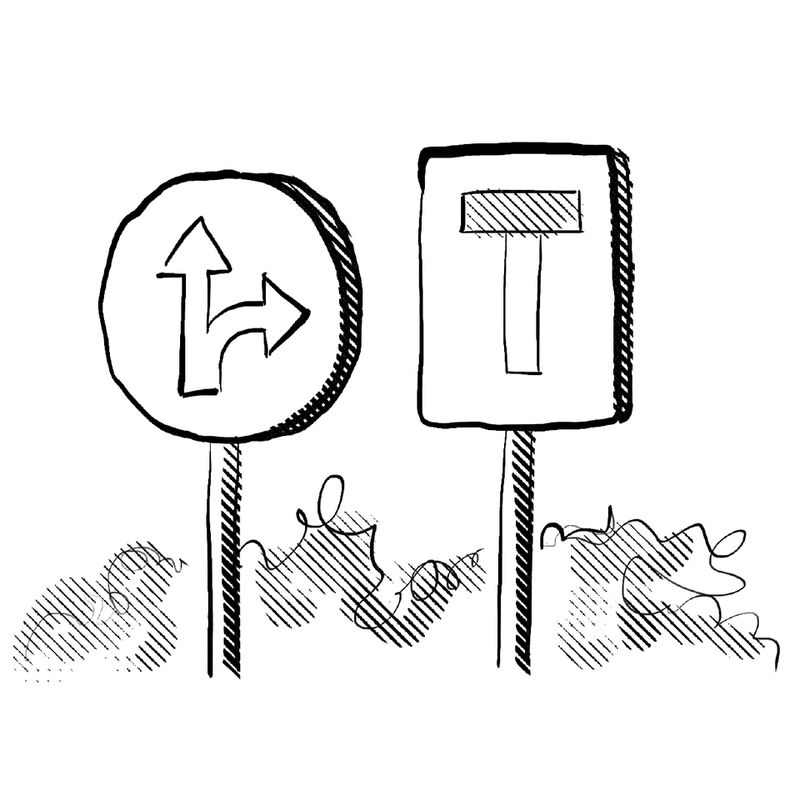
Pulling the plug
‘Sometimes, the plug gets pulled on an apparently promising project. We experienced that with the project MagicTable, an interactive visual projection in which seniors could play games at home. A short project revealed that the idea was highly promising. But the supplier said: we could make the switch to a large-scale development project now. But after that, we would still miss follow-up funding of the several hundreds of thousands of euros for commercialisation. Given the economic situation, they found that too risky. As a result, the project was provisionally put on hold.’
Henk Herman Nap, researcher and digital care specialist at Vilans
Blooper: a well-functioning but boring game
‘We once developed a serious game together with technicians, psychologists and a communication expert. The game was well thought out, user-friendly, looked great, and worked perfectly. But, it proved to be extremely boring… Clearly a missed opportunity. If you want to add value with a serious game like that, you also need to involve the creative industry.’
Henk Herman Nap, researcher and digital care specialist at Vilans
Innovation is not as simple as LEGO
‘Adding value is more important than realising project plans. That really is a pitfall: rigidly sticking to plans or research methods, or to a product or service. With this kind of approach you are not flexible enough as a project team. Times, contacts, target groups, legislation, funding, wishes and possibilities are constantly changing. You need to be able to adapt your technology accordingly. And also the design of your project or research. Innovation is more than simply putting together a LEGO building kit. Innovation is about jointly improving something. There was plenty of room to do that within AAL.’
Henk Herman Nap, researcher and digital care specialist at Vilans
Third stage
Developing and experimenting
Developing and experimenting requires a joint effort. You enter the trajectory with researchers, designers, care providers, developers and suppliers. And, of course, the end users. Nap: ‘In such a collaboration, you really do complement each other. I’ve been involved in European projects since 2008. Initially, things were done very differently. The technical people understood little about design. So you had to hope that you could adapt their technical prototype sufficiently to make it accessible for the user. Now, everybody absolutely sees the point of participating in co-design.’ Of course, developers and suppliers still want to develop as many solutions as possible to subsequently sell them. But they also realise that you first need to build a relationship with everybody involved in the process. That means listening carefully and continually adapting your product based on new test rounds until it is good. Only then can you begin to think about selling products and scaling up.
Tip: tell a story
‘Research is always about counting ánd about storytelling. So make sure you don’t just collect quantitative data, but qualitative data too. There needs to be a story behind your solution.’
Henk Herman Nap, researcher and digital care specialist at Vilans
Cutting and glueing
What exactly does co-designing involve? Nap: ‘We often start with paper prototypes. There is a question or a need. Then we gather around the drawing board with all parties involved. We literally draw, cut and glue to see whether this results in something that answers the question or meets the need. Potential end users also take part, so you get feedback straightaway. Together you subsequently continue the development process until you create a first model. That could be a clickable demo or an on-screen 2D robot. You keep going until you finally have something that fully works: the so-called beta prototype, which you can assess and test in turn.’
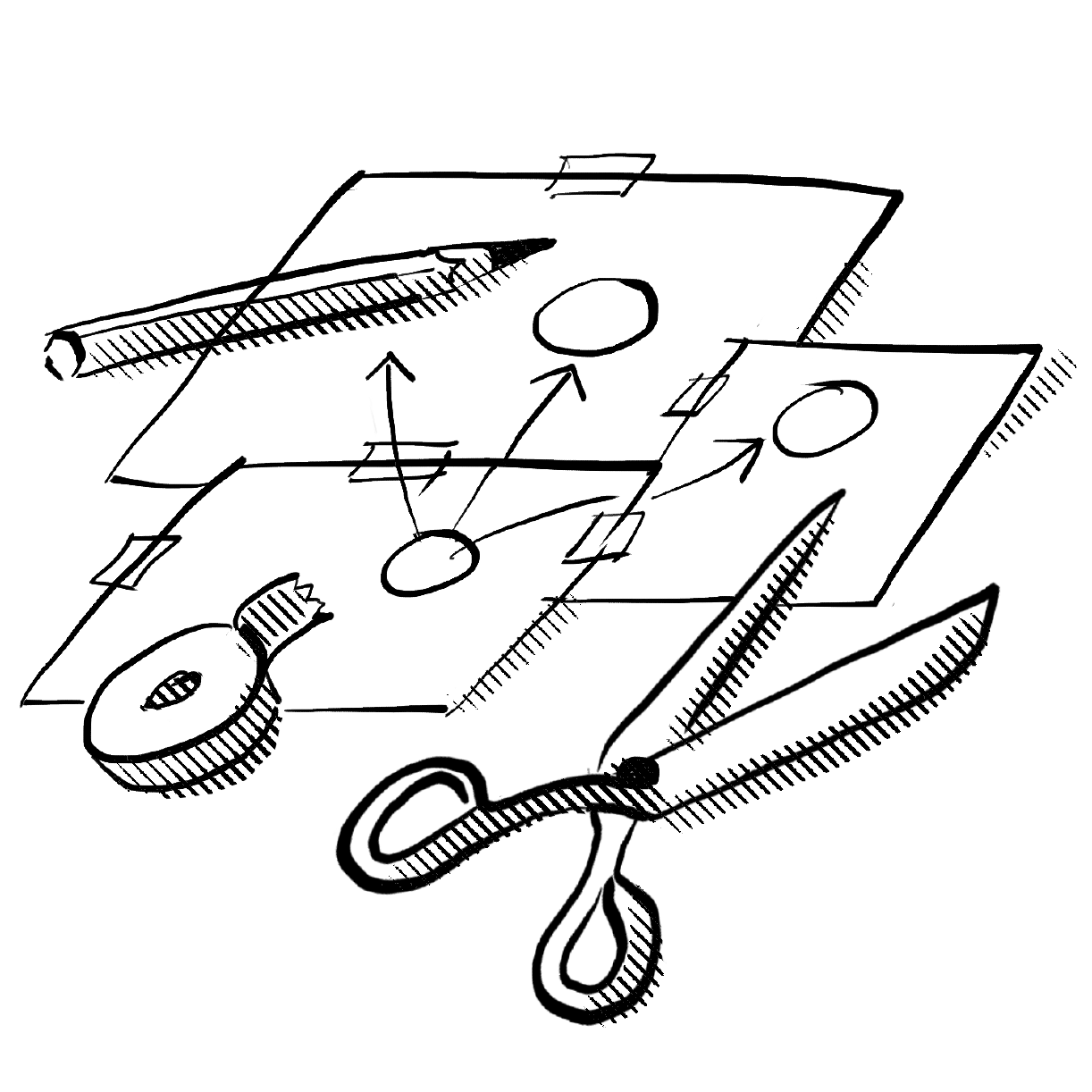
Lesson: work on the basis of mutual trust
‘Work on the basis of mutual trust and share the spotlight with others!’
Henk Herman Nap, researcher and digital care specialist at Vilans
A fuzzy process
Just like at the stage of exploring opportunities, you need to enter the development trajectory with an open mind. That is: without predetermined assumptions. Nap: ‘Designers refer to that as a fuzzy process At the start, it’s a real mess and you only gradually acquire more focus along the way. You often hear that if it were 100% predictable, you simply wouldn’t need to create an innovation. People who aren’t flexible enough, who fail to listen to new needs and adapt the product or service accordingly, will not be able to come up with anything new. And ultimately, they will not achieve any successes either.’ That can sometimes be an issue in international programmes. Because funding organisations want to know upfront what you will deliver at the end, observes Nap. ‘In a project proposal, you cannot state: the outcome is an idea. But whether or not a usable product or innovative service will emerge is something you simply do not know yet. But still, you are expected to take that path.’
How do you determine the actual value of technology?
Read more about the fourth stage of the journey >
Playing with dolls and toothbrushes
‘In one of the AAL projects – Posthcard – we worked on a 3D game. Alzheimer Nederland signalled a need: how could relatives respond better to incomprehensible behaviour of a person with dementia? Can the experiences of other people teach you how to deal with this? Problems often occur during everyday activities such as going to bed or brushing teeth. We developed an online method to allow people to tell their stories. That became a large database with puppets, toothbrushes, you name it. And a living room, dining room and bathroom. During the sessions with the designers, somebody said, for example: if I say that it is time for a shower, my partner shouts “no”. In such instances, a speech bubble appears on screen, saying: I do not want to shower! Thus, little by little, scenarios emerged that became elements for a serious game. It became a real online training based on problems and questions that people came up against.
Henk Herman Nap, researcher and digital care specialist at Vilans
Tip: innovation is tailored transformation
‘Focus mainly on transformation, in other words: learn to live and work differently with the use of technology. And, it is important to remember that one size never fits all.’
Henk Herman Nap, researcher and digital care specialist at Vilans
Open innovation involves all stakeholders
‘Successful and sustainable innovations can only be realised with involvement of all parties, from seniors through to financiers. It is a process of iterative design, which means doing things step-by-step. But it is more than ‘simply’ co-design. The entire process also includes the involvement of all stakeholders in thinking about responsible innovation, business modelling and value determination by means of evaluations.’
Henk Herman Nap, researcher and digital care specialist at Vilans
Fourth stage
Actual use in practice
Previously – say about 10 years ago – researchers tested a technological innovation and asked what people would be willing to pay for it by means of a questionnaire. Gradually, it became clear that no financier – a municipality, a health insurer or the care administration office –would reimburse a solution on the basis of this information. By more intensive collaborationon innovations with all parties, including talking with financers at an early stage, you discover that value assessment is much more complex, argues Nap. This is why we use the term “value-driven e-health”. That not only concerns obtaining better outcomes against lower costs, it also involves another essential aspect: the added value for users – patients, clients, relatives – and care professionals.
Assess the value in steps
‘And what if you can’t yet provide hard evidence for everything? Then, first of all, focus on one performance indicator, such as outcomes for the client or relieving work pressure. In this way, you are taking the first steps towards building a broader valuation.’
Henk Herman Nap, researcher and digital care specialist at Vilans
Added value for the client, professional and financier
Nap is pleased that Vilans is one of the parties that developed the value-driven e-health model – partly within the AAL programme – and is discussing it with Zorgverzekeraars Nederland (umbrella organisation of health insurers). ‘Their Digital Care Knowledge Centre works on determining the value of digital care products and services. The value-driven model formed the basis for the performance indicators of digital care +. A vital aspect of this is the identification of potential added value; for the client and for the professional, for example reduced work pressure.’ Nap explains that this is a useful approach for making contracts with a care administration office or health insurer. Because for them, something like care substitution + is a relevant factor for determining the value. In the case of digital solutions, you must be able to demonstrate that it supports certain activities or reduces the time needed to provide care.

Lesson: create broad support for your innovation
‘Besides taking stock of wishes and needs of seniors, it is vital to work on awareness within the organisation. Actively involve directors, management and professionals in the process. An innovation can only be realised if all stakeholders in an organisation really want it, especially the professionals that are supposed to use it. Therefore you need to build up broad support for your innovation right from the start.’
Henk Herman Nap, researcher and digital care specialist at Vilan
‘Hard’ and ‘soft’ benefits
Added value concerns more than just this “hard” indicators, says Nap. ‘To define the value of a digital solution, more attention will be paid to aspects such as the client’s dignity, or privacy and inclusion.’ Nap talks about an “impact map”, a kind of matrix in which you compare goals, needs and wants against the expected impact of an intervention. In the case of AAL, this would be a technological solution. It is a concrete way of weighing up different values, where both the “hard” and “soft” benefits are included in the analysis. Nap: ‘The implementation of technology requires a social business case with a broad inventory of the costs and benefits for the different parties. That enables you to more specifically discuss who will invest what to realise a solution.’
Guardian
A social robot that supports older people, care employees and informal carers
Innovating according to the Honeycomb Model
‘If you fail to embed technological solutions in (new) working routines, then they will turn out to be false solutions. Vilans provides implementation support and coaching in the area of technology. For co-design and implementation, we make use of the Honeycomb Model with five necessary stages for the implementation and upscaling of technology in practice. These are: exploring, trying out, adopting, safeguarding and upscaling.’
Henk Herman Nap, researcher and digital care specialist at Vilans
Implementing with a range of ‘digitypes’
‘During the implementation, you also need to consider the digital skills of care professionals. We distinguish four “digitypes”: the analogue idealist, the hesitant technology user, the digitally skilled professional and the digital enthusiast. We provide tips to respond to these differences. I encourage everybody to do the self-test. Then you obtain insight into what is needed to really use technology.’
Henk Herman Nap, researcher and digital care specialist at Vilans
Iterative process
The step-by-step building, refining and improving of a project or initiative. The lessons learned in each step become part of the next step.
Technology push
Situation in which instead of the question or the need from the field, it is the availability of technology that leads to the development of a product.
Co-design
Co-design is an approach to design which actively involves all stakeholders in the design process to help ensure the result is usable and meets their needs.
Tech savvy
Digitally skilled.
Small, brief projects
Care organisations also benefit a lot from short projects in which the focus is on experimenting and reflection. In ‘Zinvol Uitproberen’ (Worthwhile Experiments) they try out technology on a small scale before deploying it on a larger scale.
Performance indicators of digital care
The term Quadruple Aim covers four performance indicators:
‑ optimal patient/client experience
- improved health
- cost savings
- work satisfaction for professionals
Care substitution
Replacing one type of care by a more efficient one; e.g. from hospital to primary care or from personal visits to telemonitoring.
x
